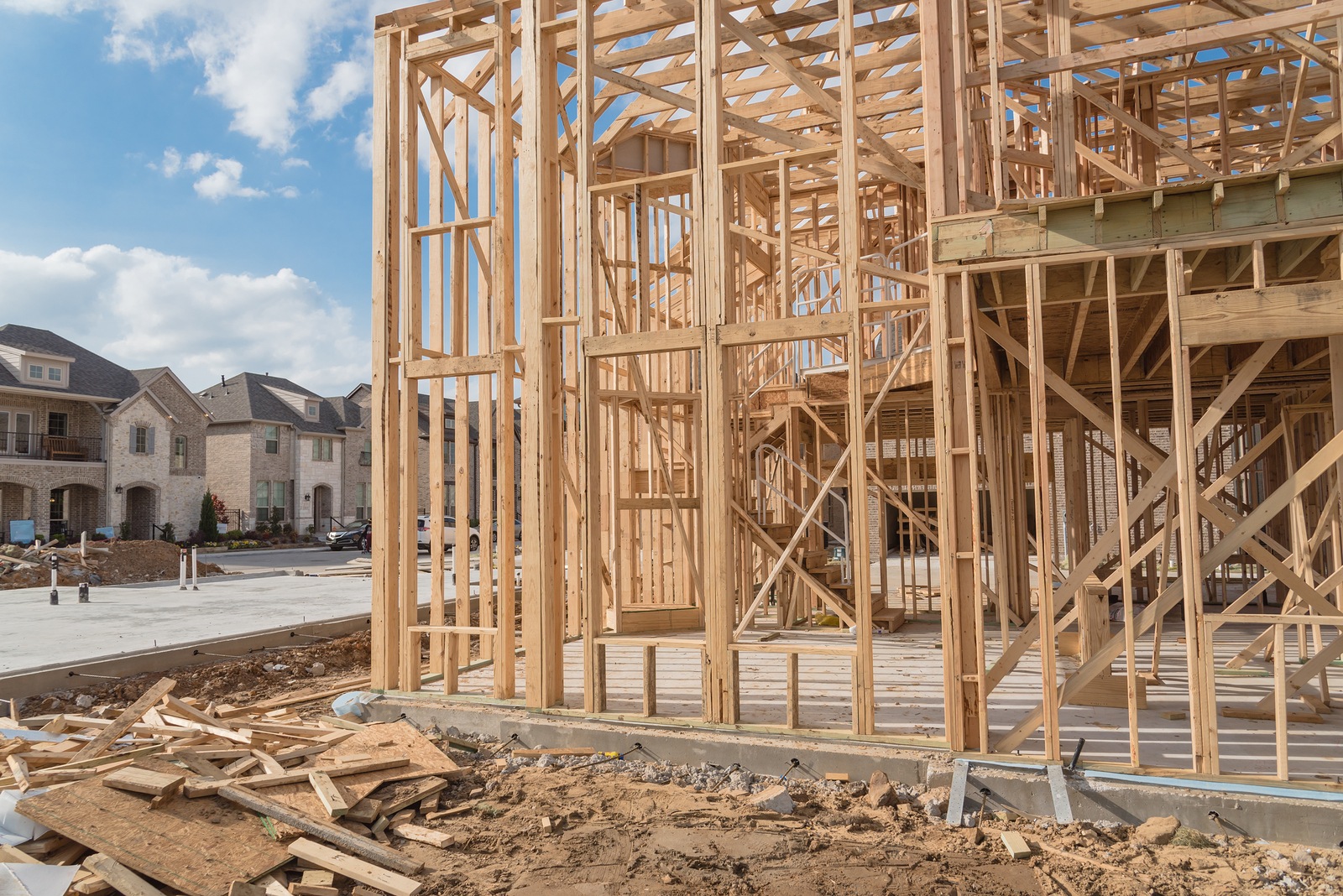When looking to purchase a home, the design is an important factor. You want a home that is well built. An important factor is the type of foundation that the home is built on. While there are many different types of foundations, three of the most common are a slab foundation, crawl space and basement.The type of foundation in a home depends mostly on geography and climatic conditions. Basements are more common in the northern latitude, as many building codes require a greater distance between the foundation and the home in the colder climate. A 2013 survey by National Association of Home Builders found that 84% of homes built in the upper Midwest had a full or partial basement. That compares to states like Texas, Louisiana and Oklahoma where less than 1% had a partial or full basement.Soil type, load factor, and drainage also play a role in what type of structure supports the home. You will need to talk with your realtor about a particular property, but here is a general breakdown of the differences between a slab, a crawl space and a basement.
What is a Concrete Slab?
A slab is a single concrete base. Footings and other load-bearing elements are added to the slab. The unit works together to anchor the house, and the exterior walls and interior load-barring walls rest on the slab. There is limited separation between the home and the slab. An important part of installing a slab is leveling the lot before the concrete is poured. The correct grading will ensure proper draining and prevents the house from settling.
Benefits of a concrete slab
It's easy to build a concrete slab, which keeps down labor costs. A slab is also a preferred method for keeping out mice, rats and other critters. Unlike a crawl space, a concrete slab has limited space for foreign elements to enter. Slab construction is generally less expensive to heat and cool, and it's easy to enter a house with a slab. The house only requires one or two steps.
Disadvantages of a concrete slab
Slab-built homes are sometimes considered cheap and can negatively impact the resale value of the house. It can also be difficult to access heating, air conditioning and other systems with a slab. If repairs are needed underneath the house, it can be a challenge to gain access. Removal of the slab is sometimes required. As well, terminates can more easily access the wood, because the home is closer to the ground.
What is a Crawl Space?
A crawl space separates the home from the ground. Brick, cinder blocks or poured concrete raise the elevation, and stem walls are extended from the footings around the perimeter of the foundation to support the home. That creates a two- or three-foot gap between the ground and the main floor of the house. Sometimes, a concrete base is poured, but a crawl space can also have exposed dirt underneath the home.
Advantages of a crawl space
Size and space are the main advantages of a crawl space as well as increasing the value of the home. If the foundation is built tall enough, a person can enter the space and make repairs to heating, electrical and plumbing systems in the home. A crawl space elevates the home, so terminates can have a difficult time getting to the wood elements. Crawl space works best in dry climates, but proper ventilation reduces the problems from excess moisture in the space. Unlike a slab foundation, a crawl space foundation can be built on a sloped lot.
Disadvantages of a crawl space
A crawl space is more expensive to build than a slab construction, and it is less energy efficient. A crawl space is also prone to problems from moisture, especially in wet environments. The drying and moistening of concrete can lead to cracks in the foundation. That can cause settling of the house.
What is a Basement?
A basement creates an extra floor in a house. The bottom of a basement is usually similar to a slab, and structural foundation walls rest on foundation footings. The walls are extended six to eight feet above the floor slab.
Advantages of a basement
Due to its large size, a basement adds space to a home. The space can be livable and turned into an entertainment room or guest area. Sometimes, however, a basement is used for storage or a laundry area. Because it's part of the interior structure of the house, a basement can be part of the house's heating and cooling system.
Disadvantages of a basement
Basements are the most expensive of the three foundations to build. They require more labor and material. Basements also don't work well in places with a low water table. Water can seep into the basement from the ground, and like a crawl space, basements can be a problem in a moist environment.
Conclusion
Each type of foundation has advantages and disadvantages, and you will need to make the choice that fits best with your individual circumstances. You should inspect the structure of the home when you view the property. Don't be afraid to get on the ground and crawl underneath the home. You are investing a lot of money and should understand how the home was built.
